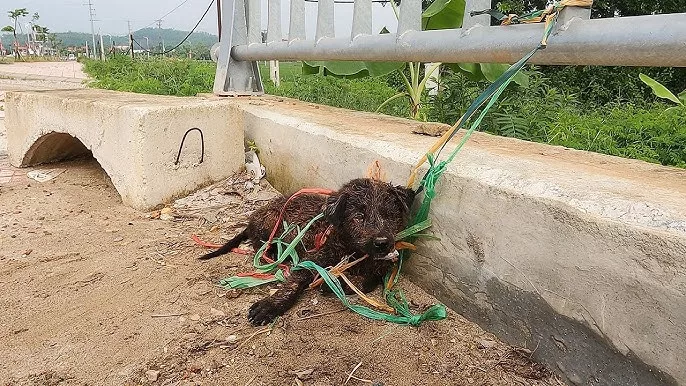The Iberian lynx, or Lynx pardinus, is a magnificent feline that inhabits the southwest regions of the Iberian Peninsula. Sadly, this species is critically endangered and requires immediate conservation efforts to ensure its survival. There are multiple threats facing the Iberian lynx, making it all the more crucial to protect this majestic creature.
The mesmerizing feline, known for its gorgeous tufted ears and distinct spotted fur, has witnessed a major decline in its population. This decline is attributed to several factors such as the destruction of its natural habitat, depletion of its prey, and a rise in vehicular accidents causing fatalities.
Conservation efforts have been implemented to protect the Iberian lynx, which has a wild population of less than 100. These efforts involve various measures such as restoring their habitat, captive breeding programs, and moving them to suitable environments. The result of these collective actions has been encouraging, as the population of Iberian lynxes has risen slowly in recent times.
Despite some improvements, the Iberian lynx remains an urgent priority in global conservation efforts. It is not only necessary for humans to continue intervening, but also it is crucial to preserve the Mediterranean ecosystems where the lynx thrives in order to ensure its survival. The challenges faced by this species serve as a poignant reminder of how delicate the relationship between humanity and nature can be, highlighting the importance of safeguarding our planet’s diverse biodiversity for generations to come.


